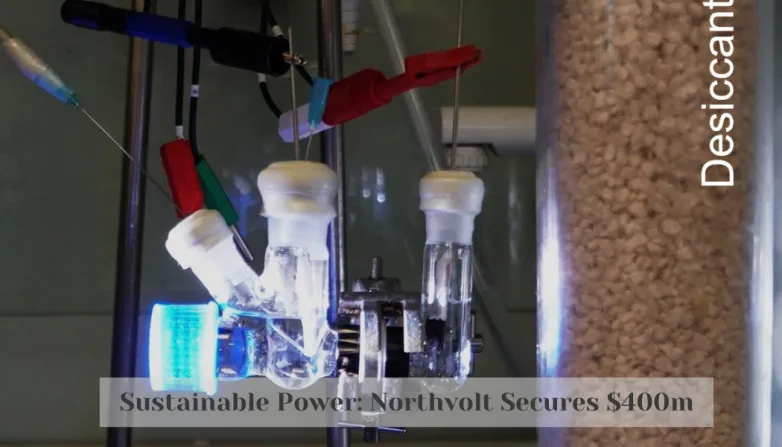"Sunlight to Fuel" From Air, Plastic Waste
- This revolutionary technology by the University of Cambridge helps convert carbon dioxide, plastic waste, and industrial exhaust into sustainable fuels and valuable chemicals. Reduce emissions and eliminate reliance on oil and gas with the carbon dioxide utilization for a zero-carbon future.

Researchers from the University of Cambridge have developed a solar-powered reactor that converts carbon dioxide, captured from industrial exhaust or the air, and plastic waste into clean, sustainable fuels and other valuable chemicals. The system contains two compartments: one that converts CO2 into syngas, a simple fuel, and the other that converts plastic waste into glycolic acid, used for cosmetics. This technology has the potential to help reduce carbon emissions while eliminating the need for oil and gas extraction. The team is currently working on a bench-top demonstrator device with improved efficiency to highlight the benefits of the direct air capture with CO2 utilization for a zero-carbon future.
Can Sunlight Fuel Air, Plastic Waste?
Additional Information:
- Sunlight can be used to fuel air and plastic waste, in order to produce clean and sustainable liquid fuels.
- Researchers from the University of Cambridge developed a solar-powered reactor that can convert captured CO2 and plastic waste into sustainable fuels and other valuable chemical products.
- The technology was tested with CO2 from real-world sources and plastic bottles were converted into glycolic acid.
- This technology has the potential to reduce carbon emissions by capturing them from industry and turning them into something useful.
- The researchers are working on a bench-top demonstrator device to improve efficiency and practicality.
- This technology has the potential to completely eliminate fossil fuels in order to create a circular economy.
- Potential benefits include avoiding climate destruction and reducing the need for oil and gas extraction.
Also read


